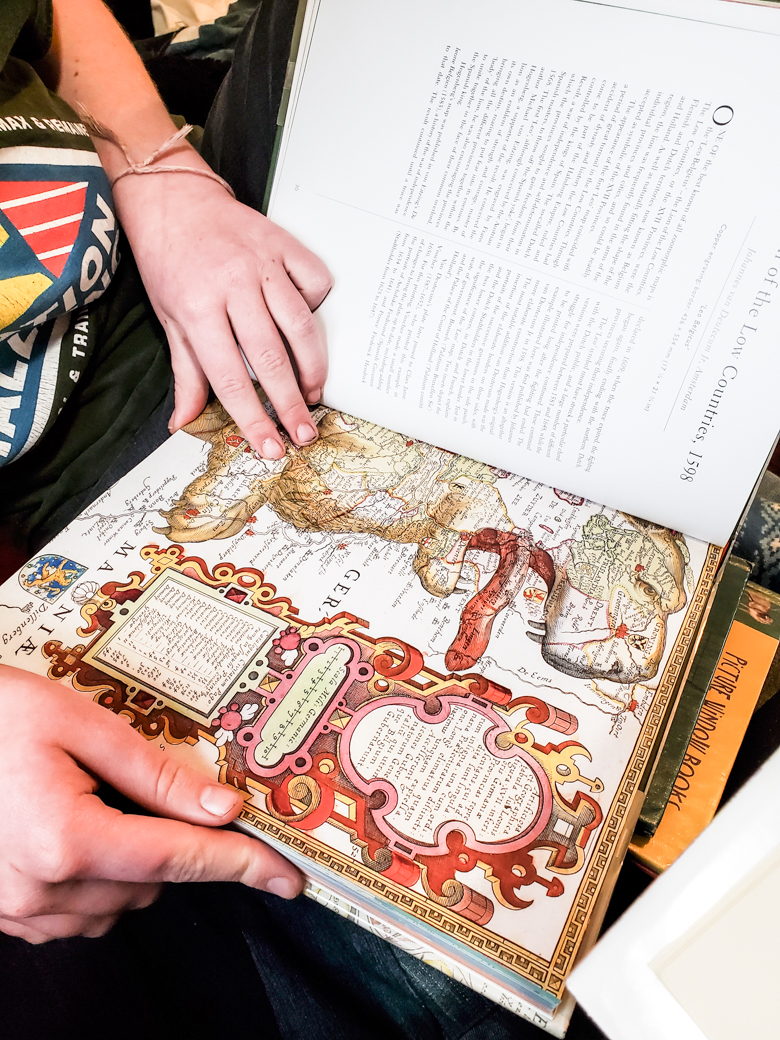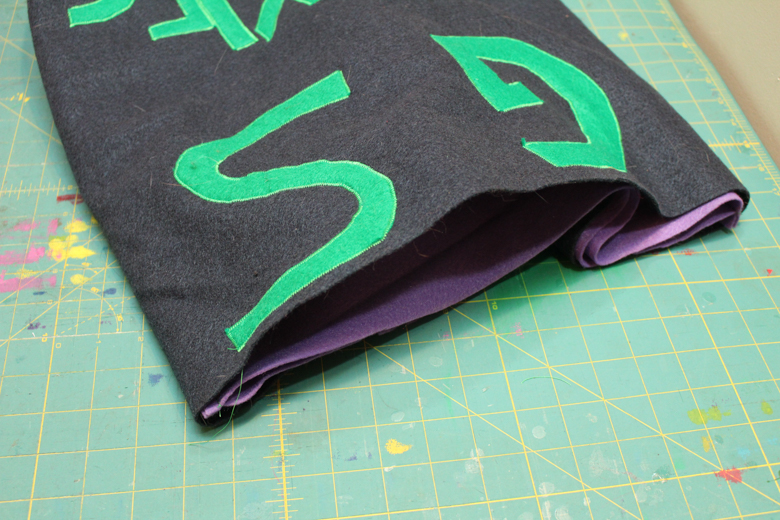As with January, alas, I did not distinguish myself by reading a respectable quantity of books in February. The good news, however, is that Girl Scout cookie season is almost over! By this time next week, I will be very, very, very close to taking to my bed for several days with snacks, wine, a free two-week trial of Disney Plus, and every single novel still on my library shelves.
Captain Aubrey and I are going to have so many adventures!
My favorite book of this month, you'll not be surprised to learn, again involves my darlings, Captain Aubrey and Doctor Maturin:

I was reading this in the Senate Page office of the Indiana Statehouse early in February, waiting for two very particular Senate Pages--
--to finish writing thank-you notes to Senator Koch, when another teenaged Page, one who apparently writes much more quickly than my own two, walked past me after handing in her own thank-you note and said, "Ooh, is that the Master and Commander series?"
"YES!!!" I said.
"DO YOU LOVE IT?!?" she said.
"I LOVE IT SO MUCH!!!" I said.
And then we spoke about how the books are so good, and there are so many of them, and the movie is really good, too, and it's supposed to be super accurate to the time period, and then, you guys, she told me that once she saw the complete set of Master and Commander novels in a bookstore, and you guys, all of the books' spines lined up together to make an ocean scene featuring the HMS Surprise!
I must own this for myself one day.
Another book that surprised me in February was Anne Frank's diary, which I possibly have not read since I was in junior high. It's a beautiful book that I know for a fact I read several times during those early teen years, so you can imagine my absolute shock to re-read it and learn that the book that I read as a teenager?
IT HAD BEEN CENSORED!!!!!
The official term for what was done to the book is "abridged," but oddly enough, it was mostly the parts in which Anne explores her body and her sexuality that were actually deleted from the edition that I read. I'm outraged on behalf of my own thirteen-year-old self, who would have loved to have read Anne's quite detailed descriptions of her first menses and her genitalia--whatever else they brought to the Secret Annex, they definitely packed a hand mirror!
I think they left some of the kissing in my censored edition, but I'm pretty sure they deleted most or all of Anne's fantasies about rubbing her and Peter's cheeks together. To me, all grown up now, those are the most heartbreaking passages in the diary. Anne was SUCH a teen girl--thinking about her period, exploring her body, spending much of her free time having super weird yet adorably innocent sex-adjacent fantasies.
Seriously, I know you read Anne's diary in school. If you, too, do not remember a passage in which she takes you on a tour of her labia and everything that lies in between, go check THIS version out of the library and read it again, because you, too, are missing parts of one of our culture's most beautiful and canonical works of art:

And if you can read Dutch, you can apparently read even MORE previously censored passages!
Here's what else I read in February:
Will, of course, has a long list of books that she read in February. But for the first time EVER, I have not read a single one of them! They are ALL completely new to me! Here are her favorites that I know nothing about:












And here's the rest of what she read that I know nothing about!
GASP! I did find a book on Will's list that I've read, too:

This has to be at least the fifth time that Will has read War Horse.
I had been super excited to listen to the second season of The Dream, the one focused on the wellness industry, but it didn't hold my interest like I'd expected. There are a lot of "wellness" topics, which is probably why the episodes seemed to jump around a lot, but I like a little more flow to the the podcasts that I'm binging.
So I switched to Cold, and I AM OBSESSED WITH IT:
I'm going to go out on a limb here and say that never before have a murderer, a murder victim, and a super creepy possible accomplice but also for sure sex criminal who also victimized the murder victim all been devoted diarists. That's the most compelling thing about this extremely compelling cold case--almost everyone we know to be involved kept diaries! The criminals even kept audio and/or video diaries, so we can hear their inflection and see their body language.
It's a fascinating story, so suspenseful that I invented chores so I could keep listening. It's also agonizing and painful, because of course you know what's going to happen in the end to Susan, Charlie, and Braden, and listening to the video diaries that detail Susan's exploitation by her father-in-law and every single misstep in the police investigation and the care and protection of Charlie and Braden is pretty awful. But it's fascinating, too, and enlightening.
Will and I are starting to plan an autumn trip for just the two of us. We're heading to a Girl Scout national convention, camping in the Everglades at the worst time of year to do so, and hitting up both Disney World and Universal Orlando! I've got a couple of Disney YouTubers that I enjoy watching, but I don't yet know any Universal YouTubers who I can stand, so most of our Universal research has so far consisted of ride videos:
I'm pretty sure that I do NOT want to ride this roller coaster. I'm pretty sure that I will, however, end up strapped into it at some point...
I also had to show Will this video as a very important part of our research into the Everglades:
Unfortunately, Syd has forbidden us from taking the murderbrat Jones with us to scare away alligators.
And that's the approximately .05% of February that I spent not doing Girl Scout cookie stuff! What were YOU up to while I was counting cash and cookie boxes and entering booth time slots into databases?






























